
Iranian Foreign Minister Hossein Amir-Abdollahian, Syrian Foreign Minister Faisal Mekdad and other officials check the site of Israeli attack on Iran consulate in Damascus, Syria, on April 8, 2024. Photo: Xinhua
Retaliation from Iran would potentially complicate the Gaza conflict as the situation is at a critical juncture, with a choice between pursuing peace through political means or gearing up for potential armed conflict, Chinese observers said, following heightened tensions between Israel and Iran over the killings of Iranian generals in a blast at the Iranian consulate in Syria. But the likelihood of Iran directly engaging in the war is minimal, they said.
Israel is preparing to strike targets inside Iran in response to Tehran’s potential retaliation for the attack on its consulate in Syria, Sputnik reported citing a source from security department.
On Wednesday, Israel’s foreign minister said its forces would respond and attack Iran directly if Iran made any move against Israel.
Seven officers of Iran’s Islamic Revolutionary Guard Corps were killed in the blast. Later, Iran’s foreign ministry said it reserves the right to respond to the Israeli airstrike on the Iranian consulate in Damascus and to take any measures to punish the aggressor. Iran’s Supreme Leader Ayatollah Ali Khamenei also vowed to retaliate.
Though Iran may be willing to risk a regional war, signs have been showing that the country will not pursue a direct conflict with Israel or the US and is more likely to try to control the violence within a certain level, Ding Long, a professor with the Middle East Studies Institute of Shanghai International Studies University, told the Global Times.
Ding believed a tit-for-tat one-time retaliation from Iran is not likely. The retaliation would be more likely to be operated by its regional agents or as part of a long-term scheme targeting either Israel’s territory or Israel’s interests in other regions, Ding noted.
Echoing Ding, Zhu Yongbiao, director of the Center for Afghanistan Studies at Lanzhou University, said Iran’s long-term strategic goal is to achieve regional dominance and influence, which does not align with engaging in direct warfare with Israel or escalating the situation.
The Gaza situation is currently at a standstill, and both sides are expected to make additional preparations for potential armed conflict.
Israel continues to be isolated internationally, to the extent that even the US does not agree with its continued military actions. But this doesn’t mean Netanyahu is ready to withdraw from the conflict, Ding noted.
Nicaragua’s international legal case against Germany has been seen by many observers as a representation of the Global South’s perspective, further solidifying the view of Israel as an unjust party in this conflict. Nicaragua accused Germany of “facilitating the commission of genocide” against Palestinians in Gaza via its arms exports to Israel, according to euronews.
Netanyahu is facing the challenge of securing his political future and maintaining his role as prime minister. This has prompted him to try easing the domestic pressure he is facing with a strike on Iran, for the sake of short-term security and for his own political career, according to Ding. He is likely to continue military operations to achieve his objectives, Ding added.
Zhu said that the US factor is also prolonging the Gaza conflict. “The US still hasn’t taken any decisive action to stop Israel, except some verbal gestures.”






 The Angara-A5 launch vehicle carrying the Orion booster and a test payload on a launch pad at Vostochny Cosmodrome, April 10, 2024. /CFP
The Angara-A5 launch vehicle carrying the Orion booster and a test payload on a launch pad at Vostochny Cosmodrome, April 10, 2024. /CFP 
 Parkinson disease impairs people’s motor function. /CFP
Parkinson disease impairs people’s motor function. /CFP 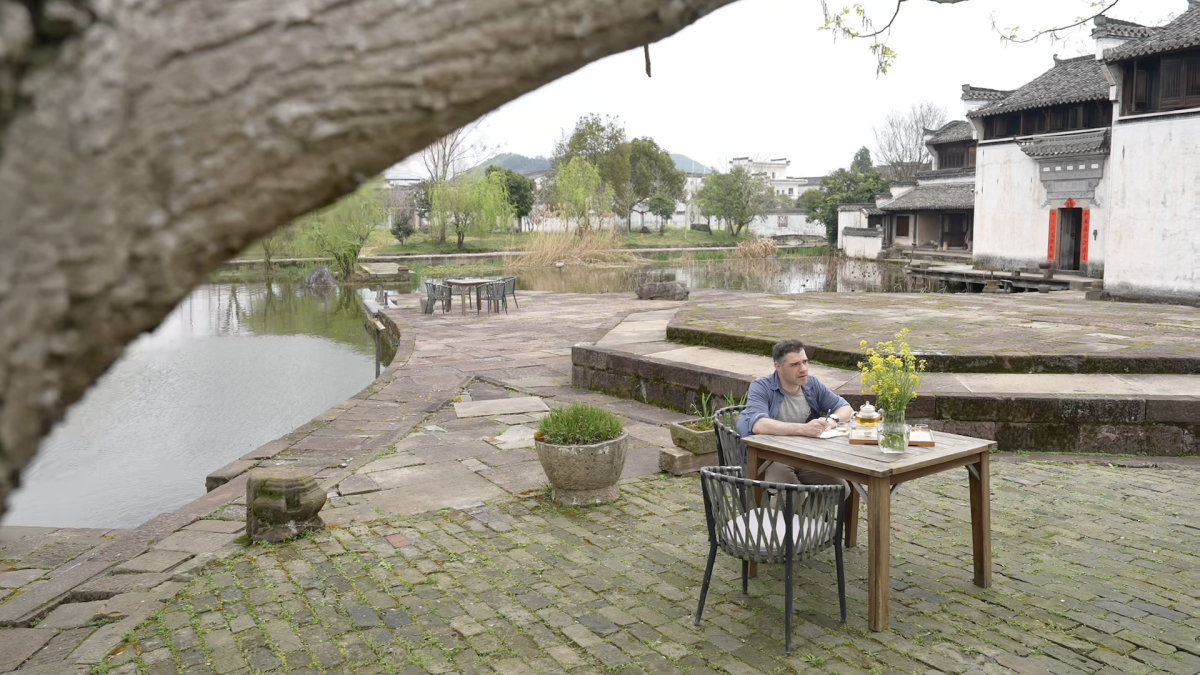
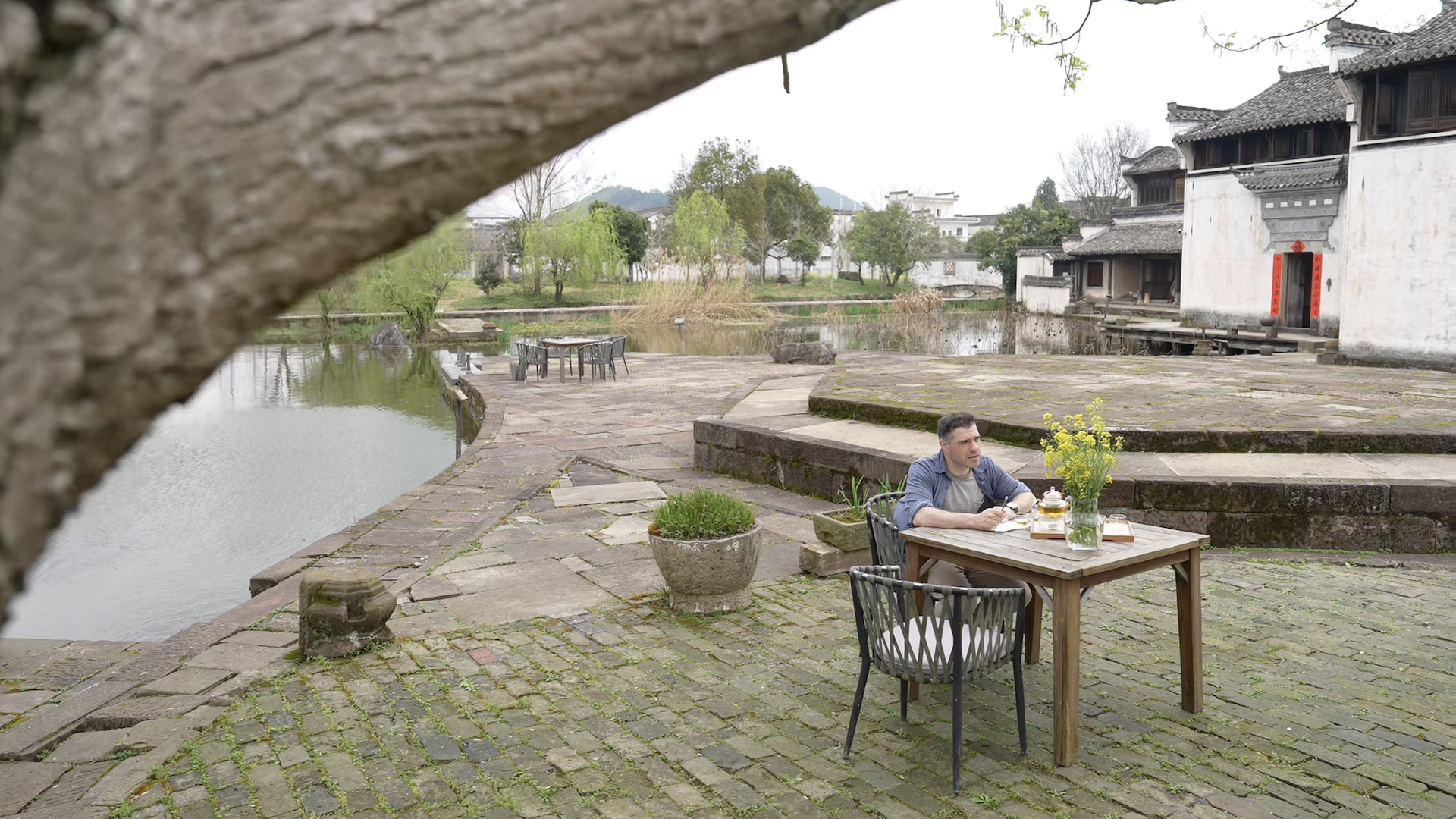
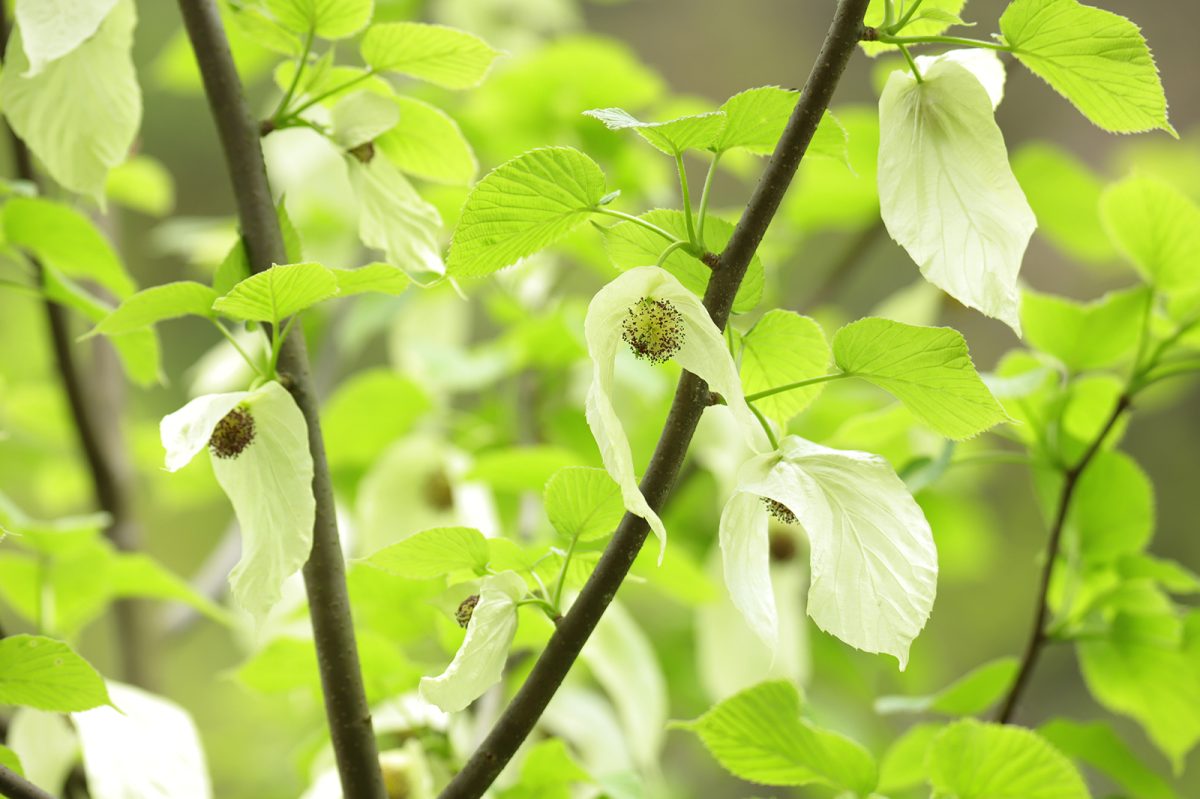
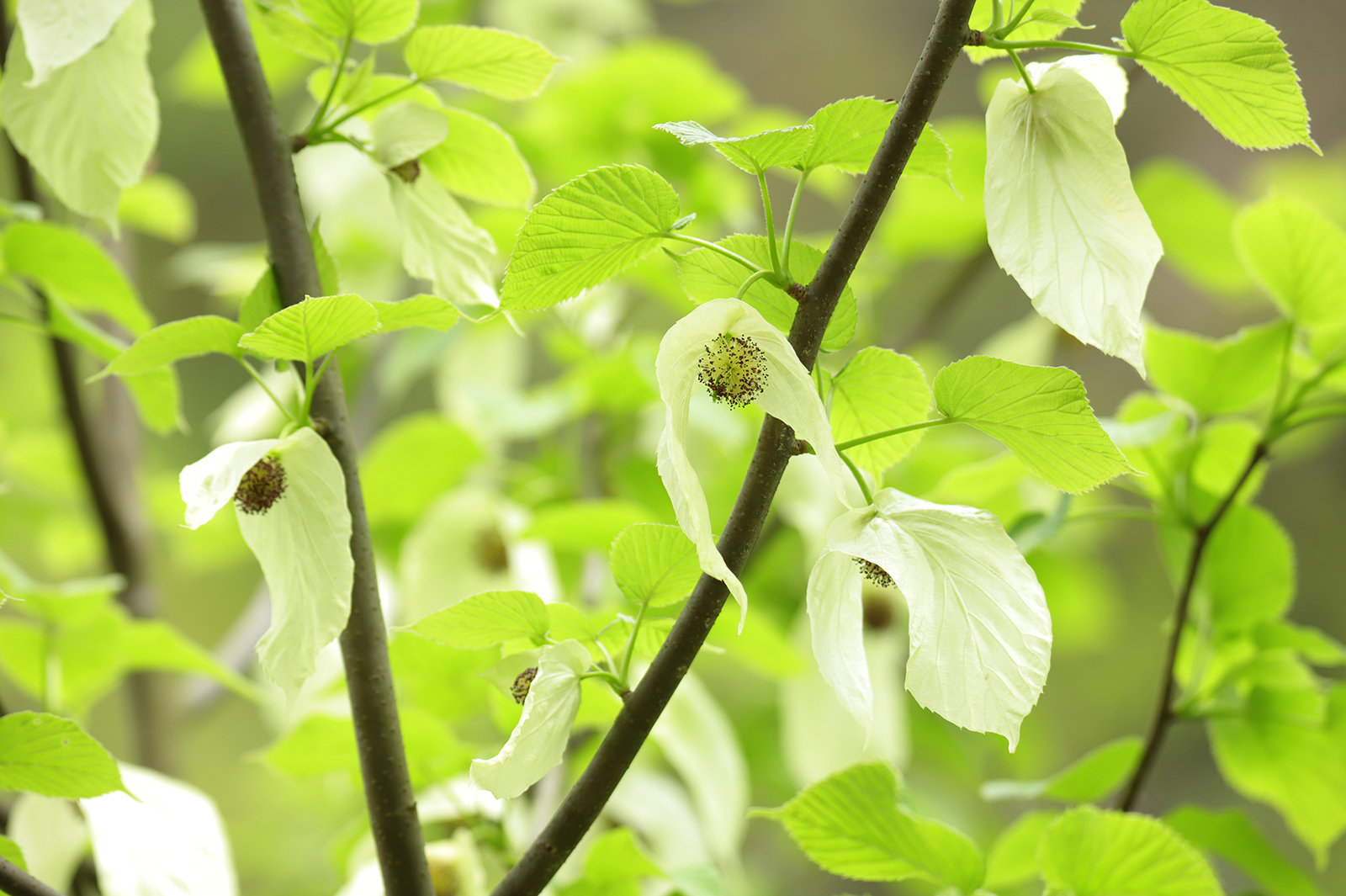 The Chinese dove trees at the western foot of Mount Fanjing in Tongren, Guizhou Province are in full bloom, resembling white doves flying in the forest. /Photo provide to CGTN by Tongren Integrated Media Center of Guizhou
The Chinese dove trees at the western foot of Mount Fanjing in Tongren, Guizhou Province are in full bloom, resembling white doves flying in the forest. /Photo provide to CGTN by Tongren Integrated Media Center of Guizhou 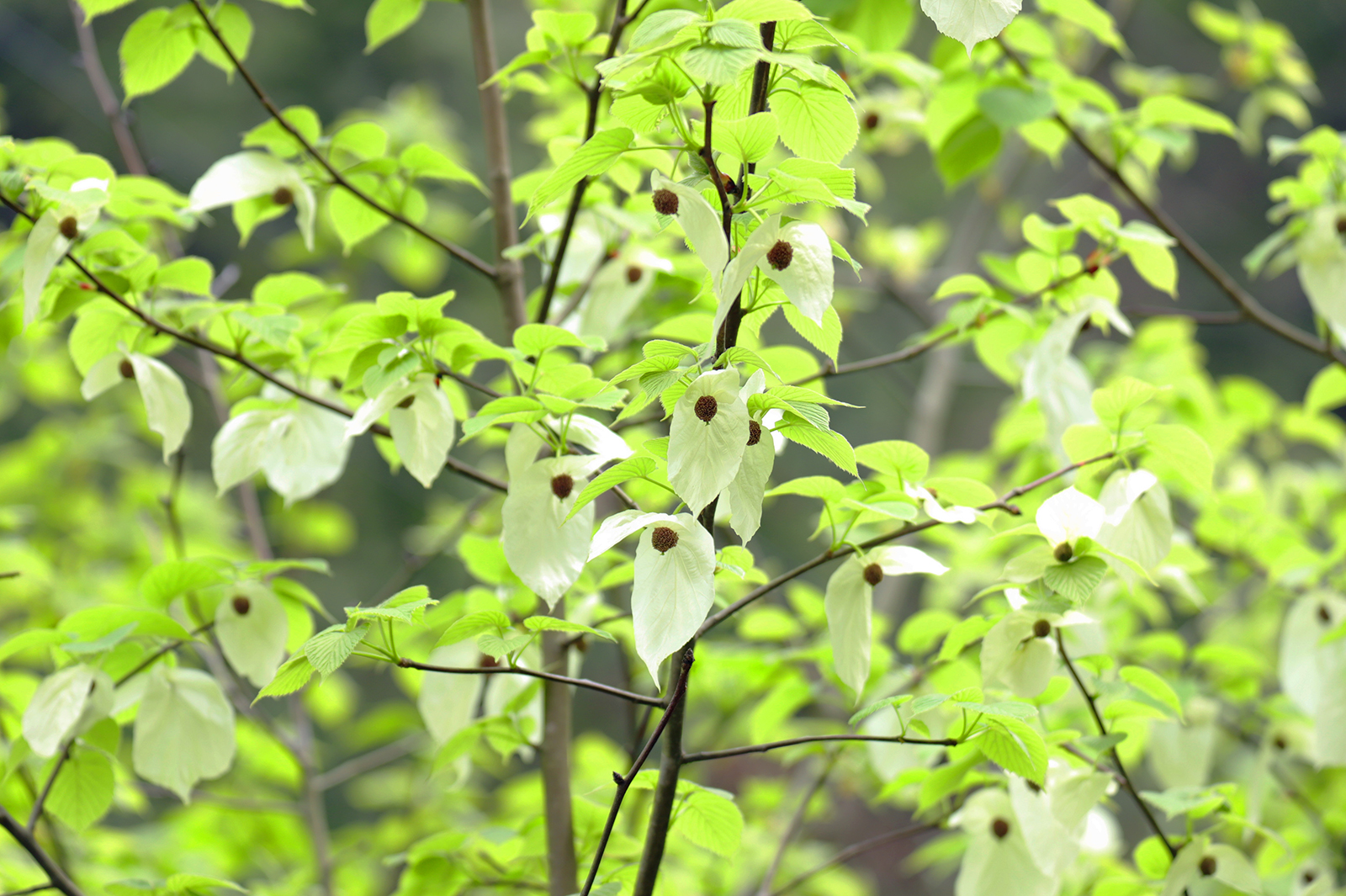 The Chinese dove trees at the western foot of Mount Fanjing in Tongren, Guizhou Province are in full bloom, resembling white doves flying in the forest. /Photo provide to CGTN by Tongren Integrated Media Center of Guizhou
The Chinese dove trees at the western foot of Mount Fanjing in Tongren, Guizhou Province are in full bloom, resembling white doves flying in the forest. /Photo provide to CGTN by Tongren Integrated Media Center of Guizhou  The Chinese dove trees at the western foot of Mount Fanjing in Tongren, Guizhou Province are in full bloom, resembling white doves flying in the forest. /Photo provide to CGTN by Tongren Integrated Media Center of Guizhou
The Chinese dove trees at the western foot of Mount Fanjing in Tongren, Guizhou Province are in full bloom, resembling white doves flying in the forest. /Photo provide to CGTN by Tongren Integrated Media Center of Guizhou 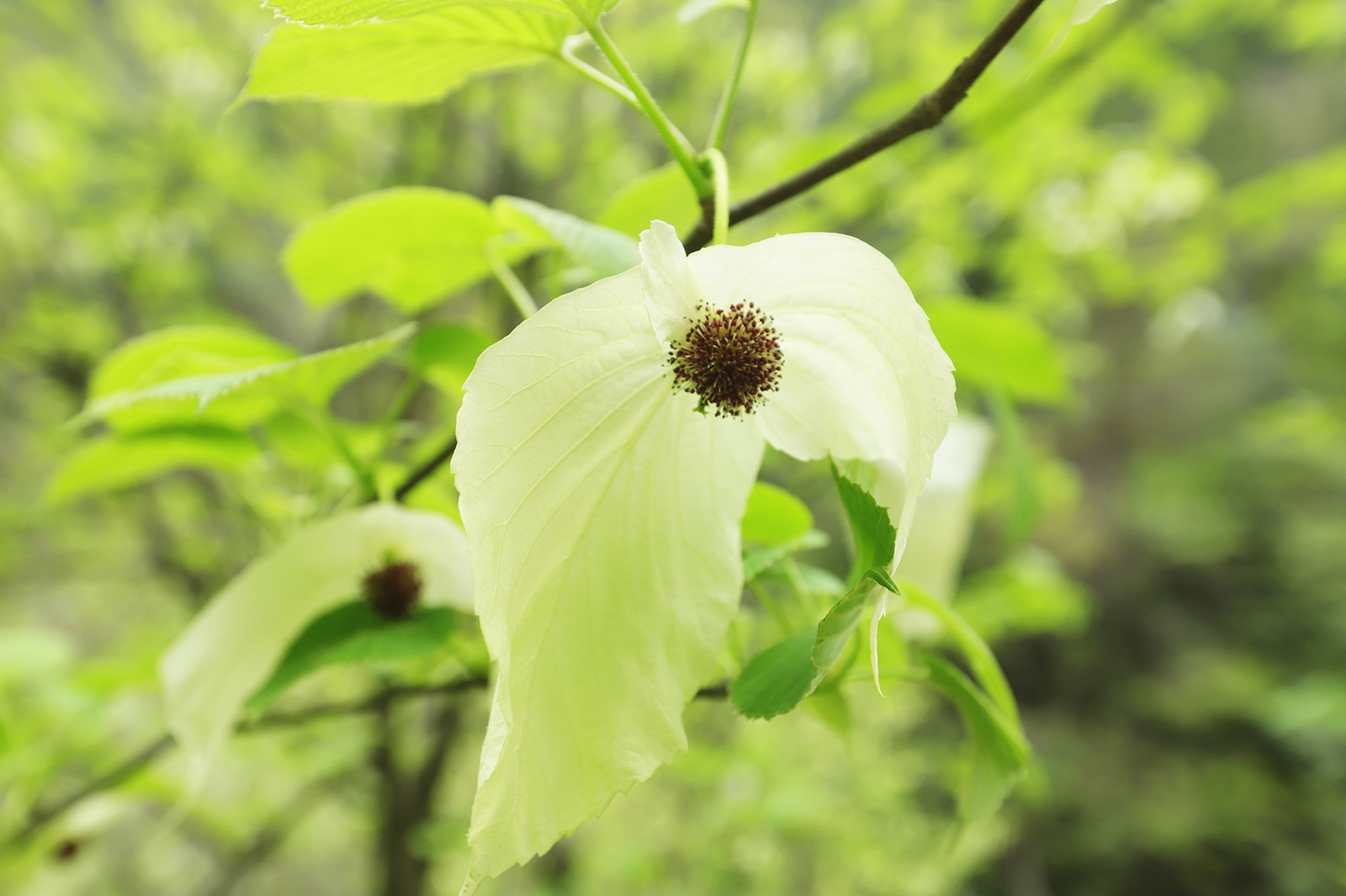 The Chinese dove trees at the western foot of Mount Fanjing in Tongren, Guizhou Province are in full bloom, resembling white doves flying in the forest. /Photo provide to CGTN by Tongren Integrated Media Center of Guizhou
The Chinese dove trees at the western foot of Mount Fanjing in Tongren, Guizhou Province are in full bloom, resembling white doves flying in the forest. /Photo provide to CGTN by Tongren Integrated Media Center of Guizhou 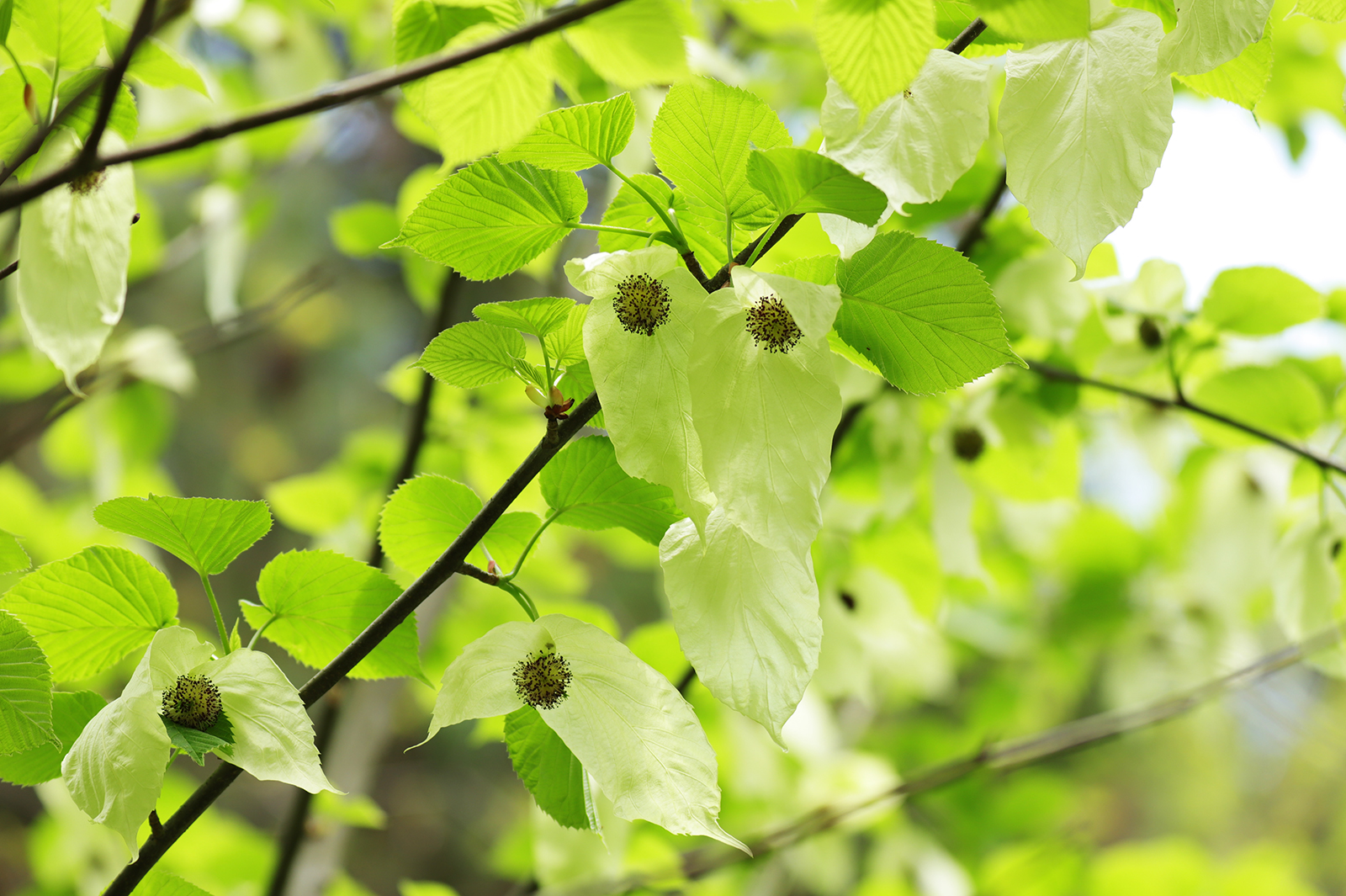 The Chinese dove trees at the western foot of Mount Fanjing in Tongren, Guizhou Province are in full bloom, resembling white doves flying in the forest. /Photo provide to CGTN by Tongren Integrated Media Center of Guizhou
The Chinese dove trees at the western foot of Mount Fanjing in Tongren, Guizhou Province are in full bloom, resembling white doves flying in the forest. /Photo provide to CGTN by Tongren Integrated Media Center of Guizhou 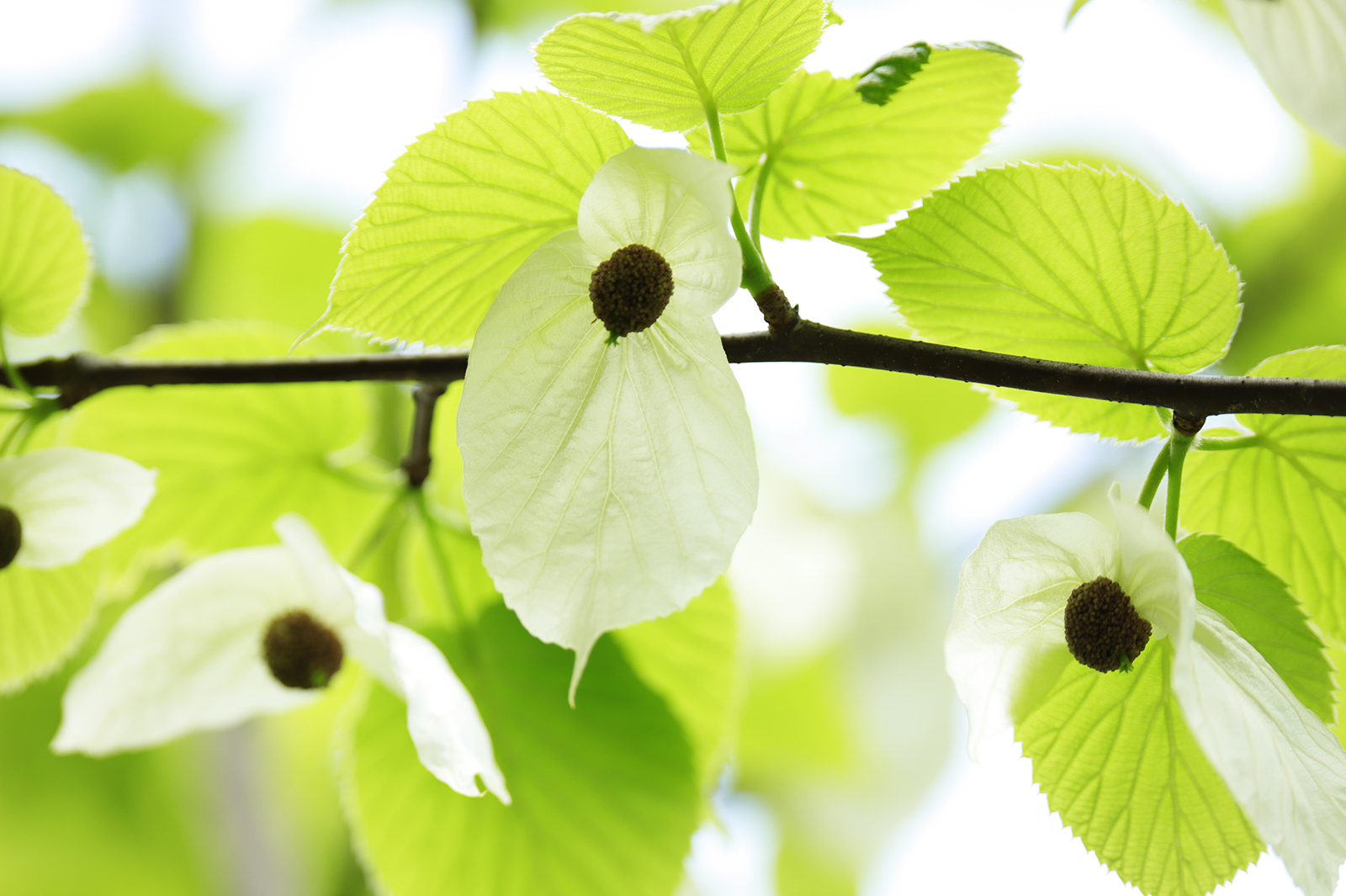 The Chinese dove trees at the western foot of Mount Fanjing in Tongren, Guizhou Province are in full bloom, resembling white doves flying in the forest. /Photo provide to CGTN by Tongren Integrated Media Center of Guizhou
The Chinese dove trees at the western foot of Mount Fanjing in Tongren, Guizhou Province are in full bloom, resembling white doves flying in the forest. /Photo provide to CGTN by Tongren Integrated Media Center of Guizhou 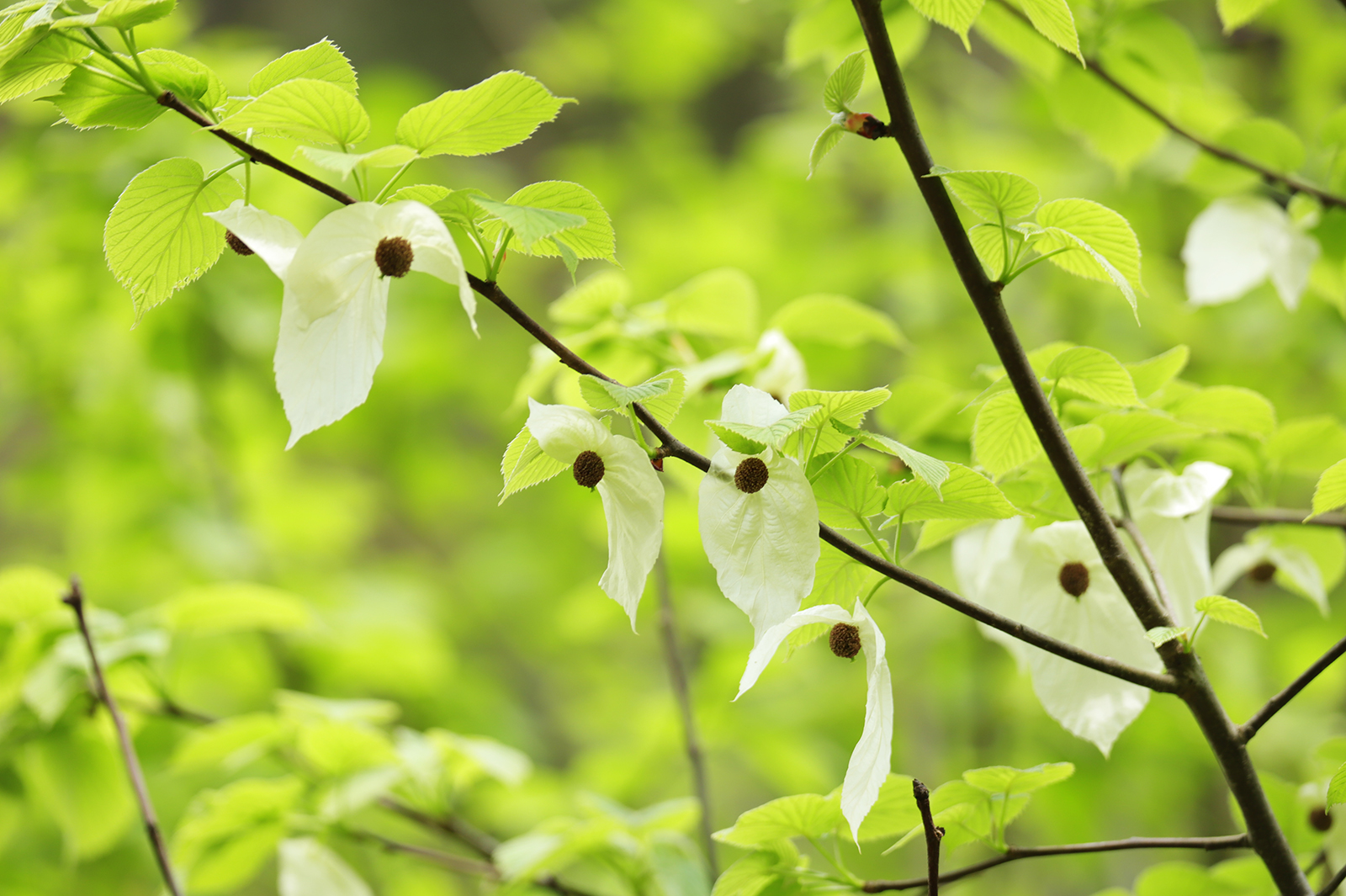 The Chinese dove trees at the western foot of Mount Fanjing in Tongren, Guizhou Province are in full bloom, resembling white doves flying in the forest. /Photo provide to CGTN by Tongren Integrated Media Center of Guizhou
The Chinese dove trees at the western foot of Mount Fanjing in Tongren, Guizhou Province are in full bloom, resembling white doves flying in the forest. /Photo provide to CGTN by Tongren Integrated Media Center of Guizhou 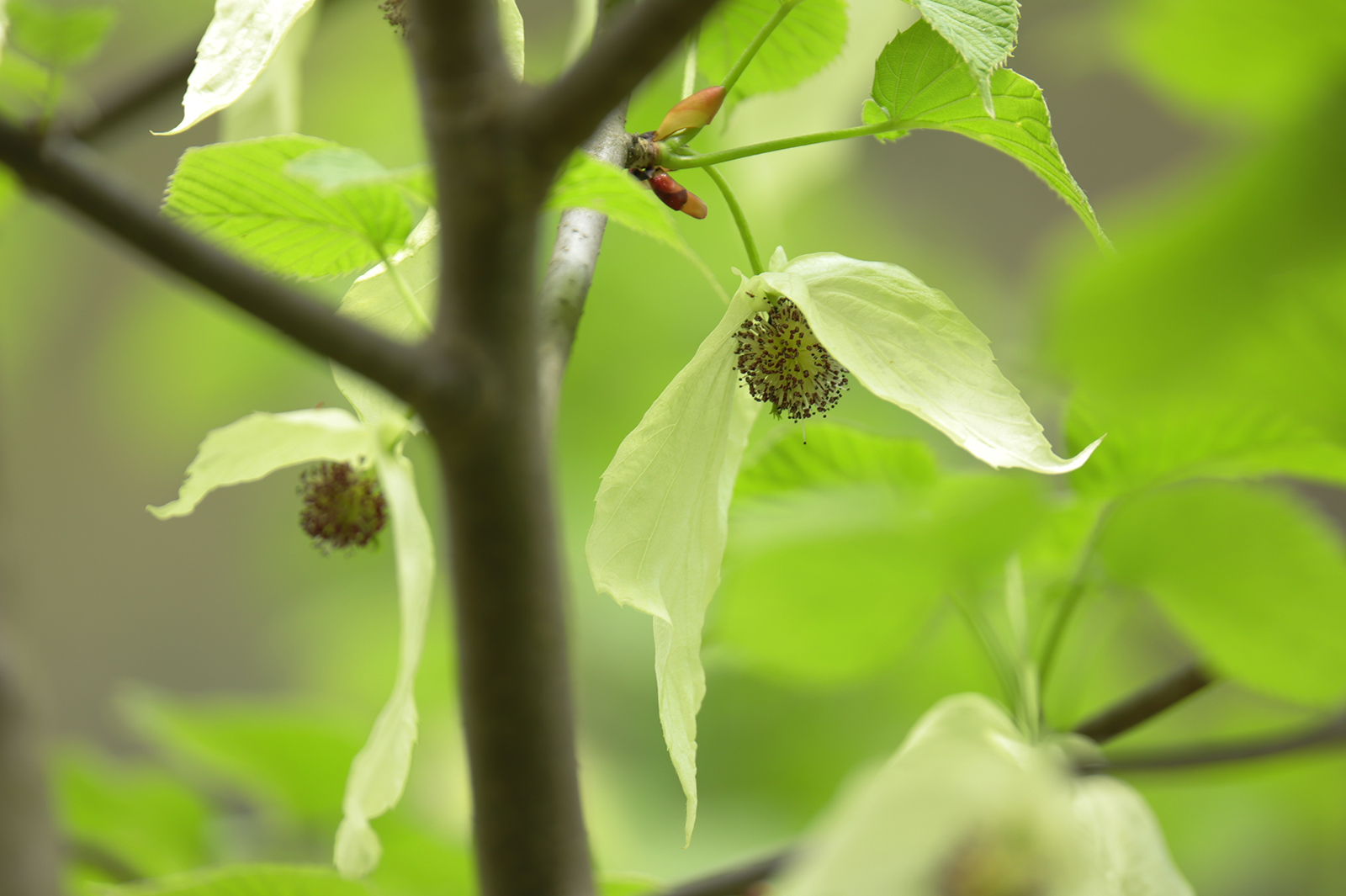 The Chinese dove trees at the western foot of Mount Fanjing in Tongren, Guizhou Province are in full bloom, resembling white doves flying in the forest. /Photo provide to CGTN by Tongren Integrated Media Center of Guizhou
The Chinese dove trees at the western foot of Mount Fanjing in Tongren, Guizhou Province are in full bloom, resembling white doves flying in the forest. /Photo provide to CGTN by Tongren Integrated Media Center of Guizhou 


 People shopping in a supermarket in Huai’an, Jiangsu Province, China, April 6, 2024. /CFP
People shopping in a supermarket in Huai’an, Jiangsu Province, China, April 6, 2024. /CFP  A factory worker transferring a batch of new energy auto parts in Kunshan City, Jiangsu Province, China, April 10, 2024. /CFP
A factory worker transferring a batch of new energy auto parts in Kunshan City, Jiangsu Province, China, April 10, 2024. /CFP 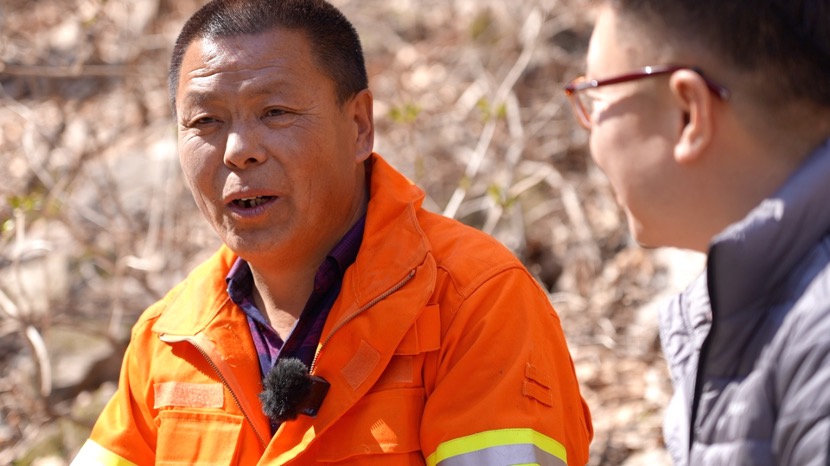
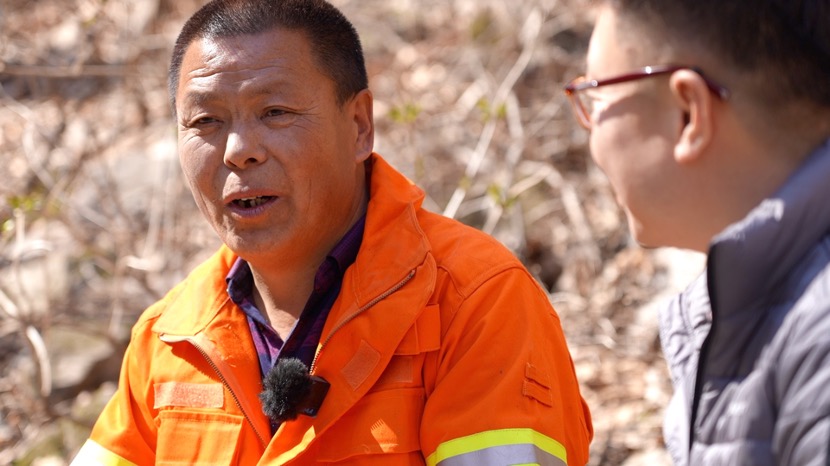 Zhang Chunyou, a former lumberjack turned forest ranger. /CGTN
Zhang Chunyou, a former lumberjack turned forest ranger. /CGTN  Zhang Chunyou, a former lumberjack turned forest ranger. /CGTN
Zhang Chunyou, a former lumberjack turned forest ranger. /CGTN  The country’s extensive logging since the early 20th century has led to forest loss and degradation, with spiraling effects on the environment. /Photo provided by Fenglin Forest Farm
The country’s extensive logging since the early 20th century has led to forest loss and degradation, with spiraling effects on the environment. /Photo provided by Fenglin Forest Farm  Research shows that nearly 40 percent of China’s forests were impacted during the 1980s and 1990s. /Photo provided by Fenglin Forest Farm
Research shows that nearly 40 percent of China’s forests were impacted during the 1980s and 1990s. /Photo provided by Fenglin Forest Farm 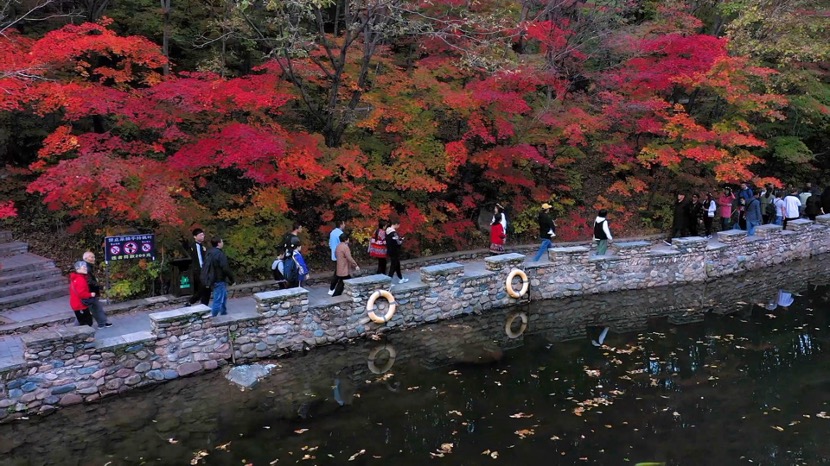 This scenic valley was opened in 2013. In the first month after opening, ticket revenue exceeded 2 million yuan. It would normally take the farm a year of logging to make that kind of money. /CGTN
This scenic valley was opened in 2013. In the first month after opening, ticket revenue exceeded 2 million yuan. It would normally take the farm a year of logging to make that kind of money. /CGTN